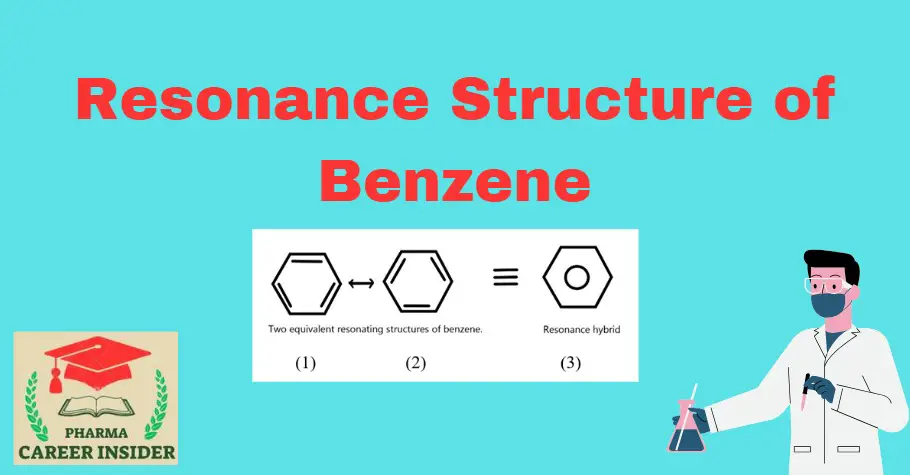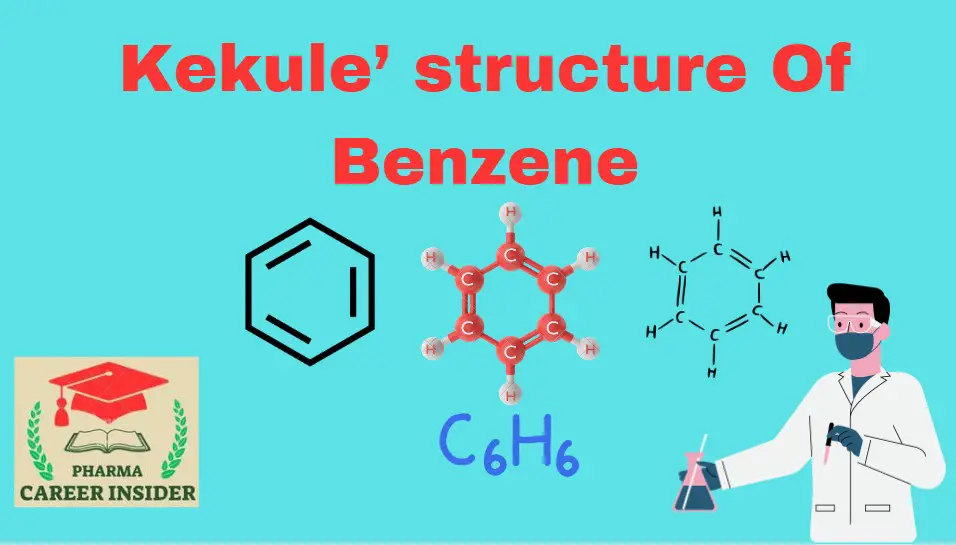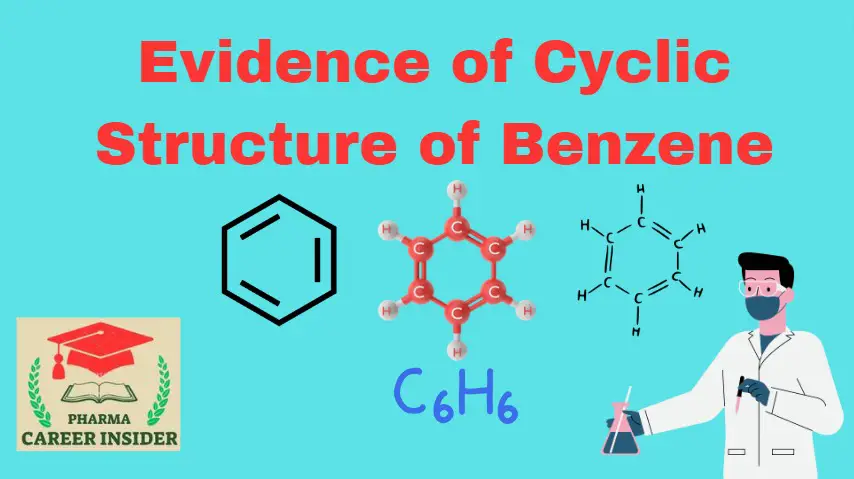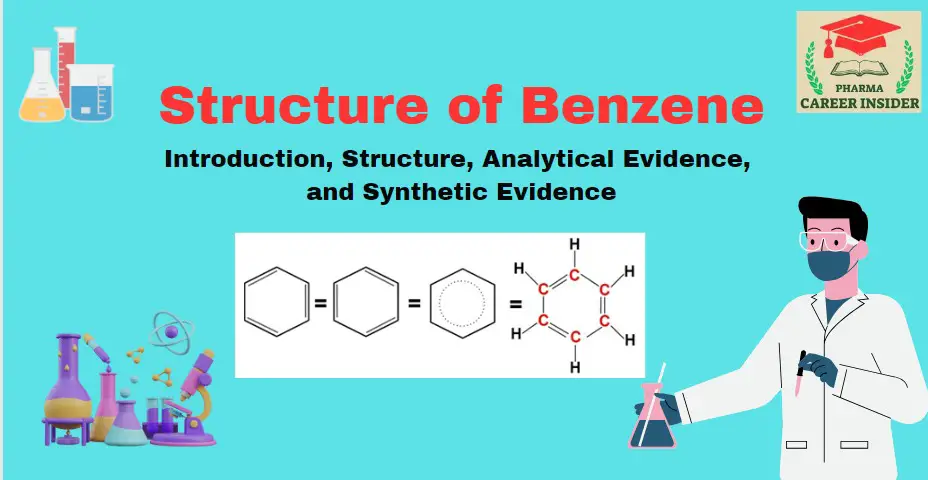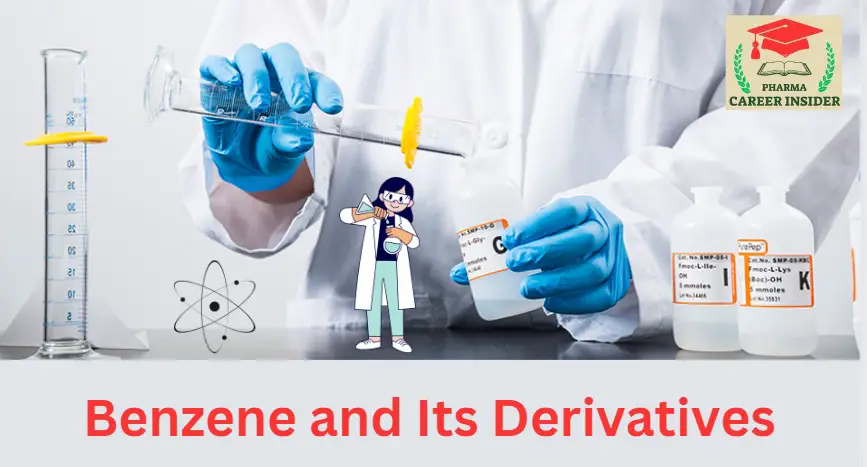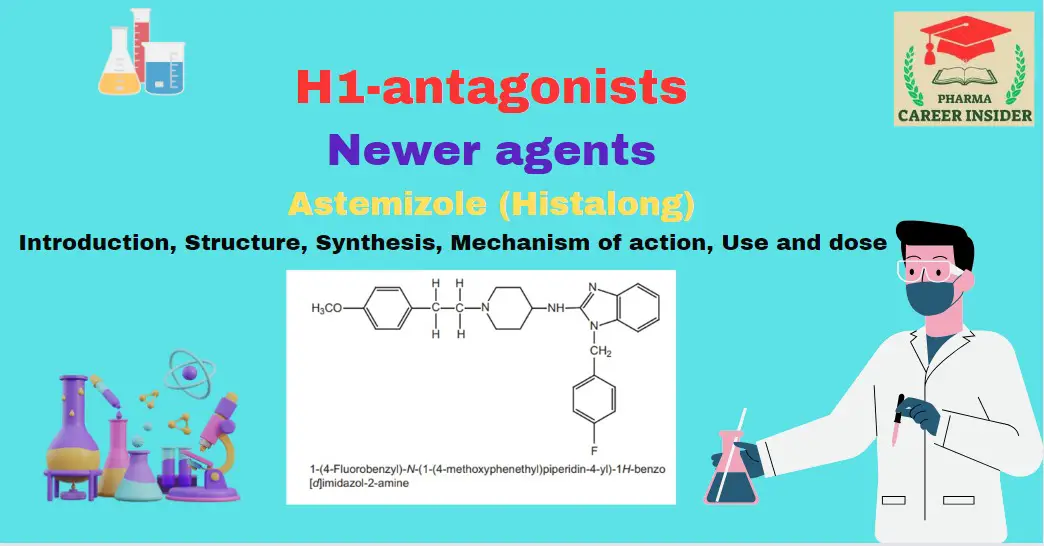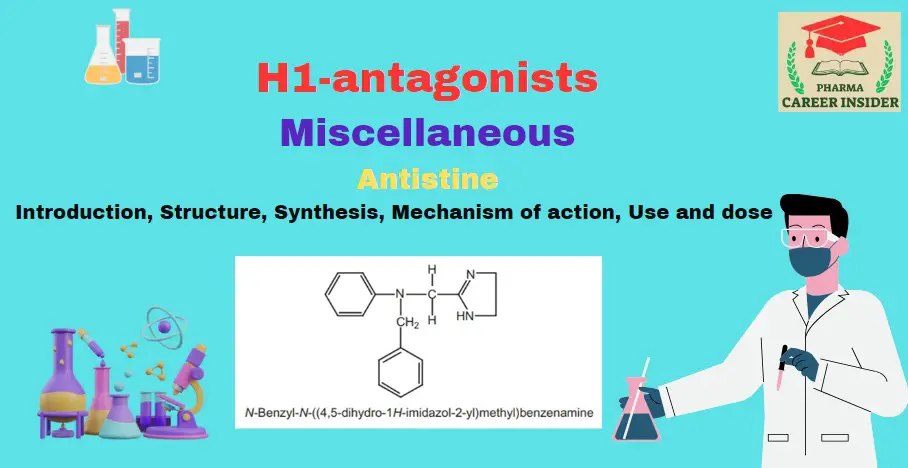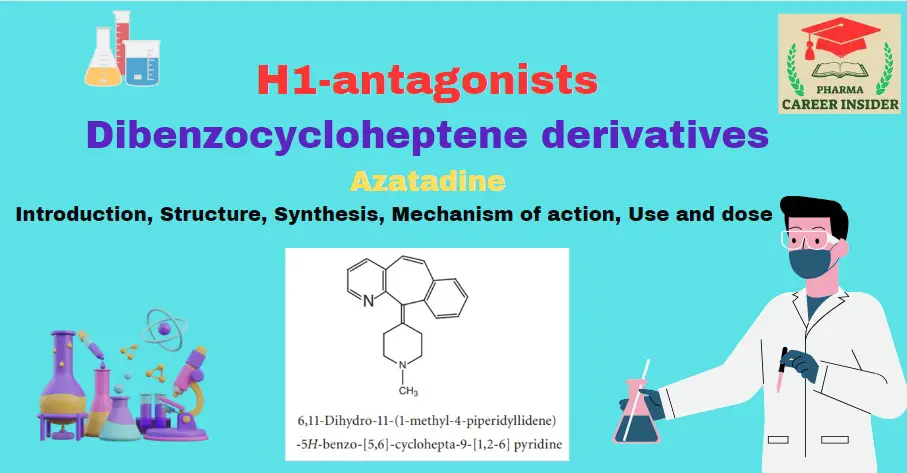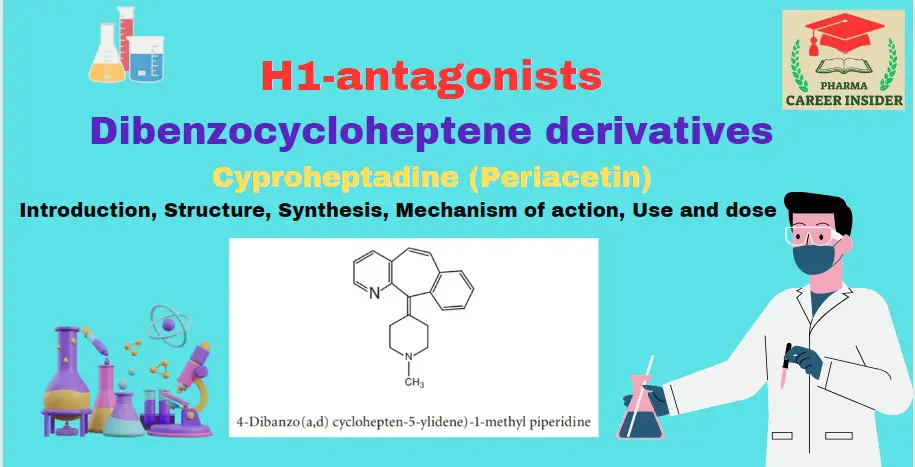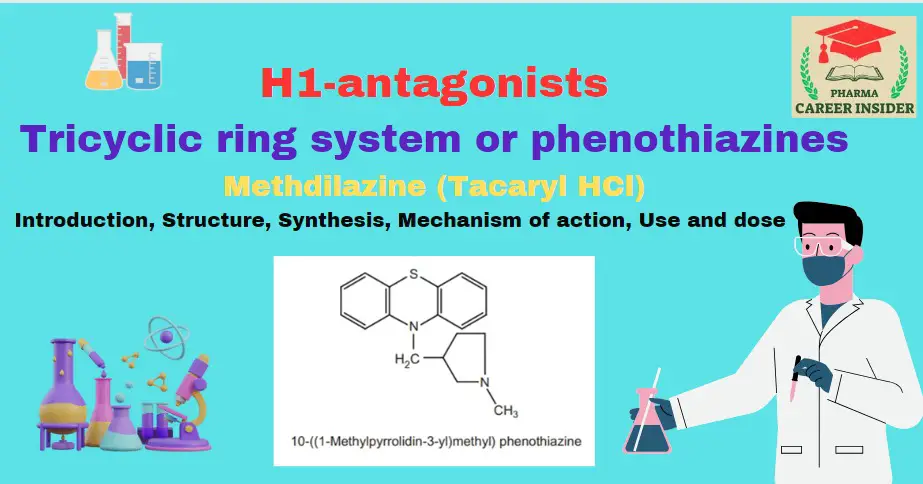Resonance Structure of Benzene
In the case of benzene, Kekule’s structures (1) and (2) represent the resonance structures. The actual structure of the molecule may be represented as a hybrid of these two resonance structures or by the single structural formula (3). It should be clearly understood that the resonance structures (1) and (2) are not the actual structures … Read more

